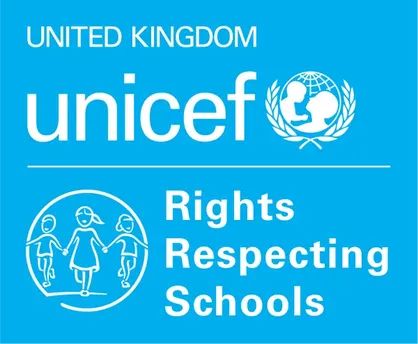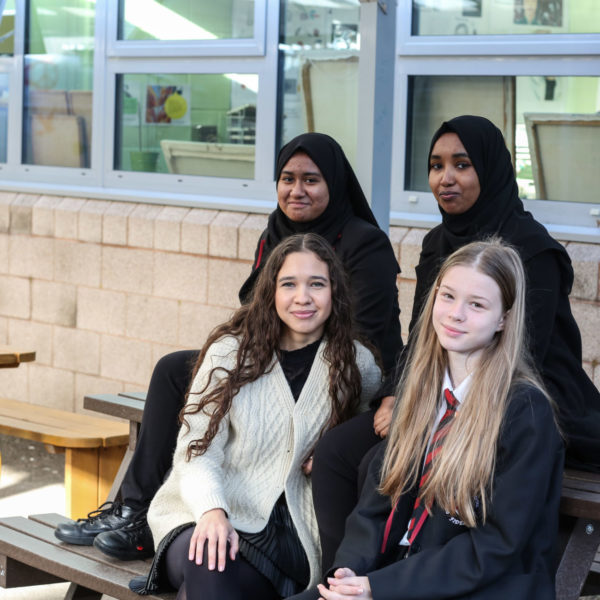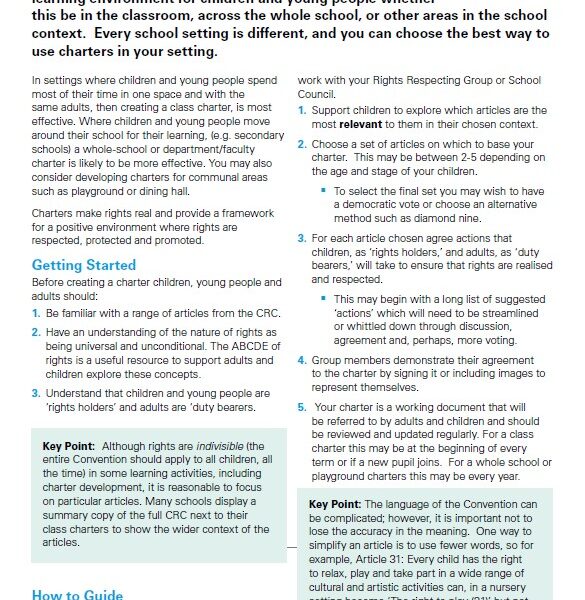Whatever stage of the Award your school is at, child-led training can be a great way to empower young people and give them a sense of ownership of the rights work taking place.
And for schools like Beaver Road Primary School in Manchester who are at Bronze it can be a memorable and engaging way to introduce children’s rights to a group of teachers who may be unfamiliar with the subject.
The young people at Beaver Road relished the chance for the roles to be reversed, with one child saying “I felt really good after the session, I felt I could explode with happiness.” Another said “It was great to show the teachers how good we are! Some of the teachers I don’t normally talk to but this was nice because we could talk to them.”
And teachers told us that “It was more than a sweet moment, the child-led session was about meaningful participation. The children appreciated being able to find out what the teachers were interested in and why they like to teach their subject. The session allowed them to relate to each other as equals.”
Six tips to help children train the teachers at your school:
- Ask a group of children who know a lot about children’s rights to lead the session. This could be your children’s advisory group or a group that sit on your school’s council. Ideally you will have a group of young people who already have a good understanding of children’s rights.
- Guide the children in putting the session together. Include a section that provides an introduction to the Convention. It might be useful to use handouts of the Convention itself and to talk about the history of the Convention, who it applies to and what the responsibilities of duty bearers (adults) are.
- If this session is the teacher’s first introduction to rights then it’s useful to spend the session focusing on how the Convention can be applied in class. Children at Beaver Road guided adults to focus on examples from fiction as well real life and to link them to articles. For example, Nelson Mandela’s story linked to Article 2, non-discrimination. They also asked the adults to list the articles that the children in Charlie and the Chocolate Factory were not enjoying. For example, Mike Taevee stays inside all day and is not enjoying his right to play, Article 3.
- Think globally. Exercises using descriptions of children’s rights infringements and matching them to countries can help highlight how rights issues are universal, not something that happens elsewhere but right here in the UK too. You may also want to link to the Global Goals for Sustainable Development with this section of training.
- Encourage children to take ownership of the group during the session. Children will need to gently keep teachers focused, encourage them to ask the teachers what they think and stick to a timed plan for the session. A selection of sweets on tables can help keep focus levels high throughout an afternoon session, and make it a no phones allowed zone!
- Finally the training session should come as part of a broader programme to embed rights in your school. Support the session with assemblies focused on rights (check out our Primary and Secondary Assembly packs) and a school-wide article of the week.






